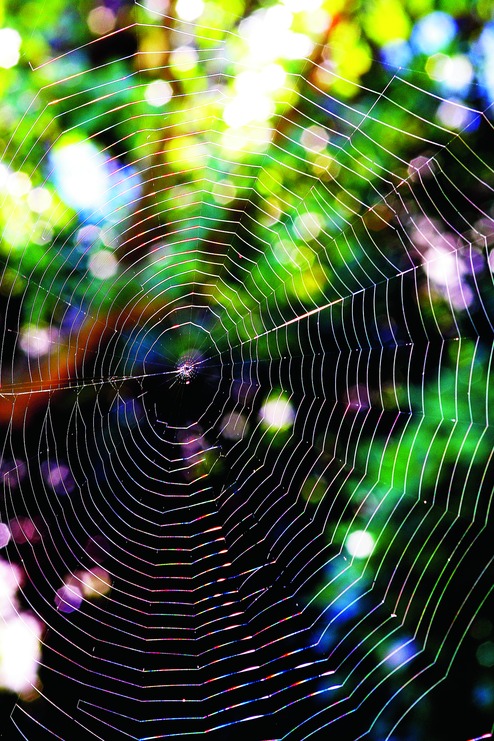

Use this button to pick the reference mesh from the scene in viewport. Otherwise, they will be generated in the target mesh UV space instead. When on, the resulting curves will be generated on top of the target mesh surface. Use this button to pick the target mesh from the scene in viewport. In the latter case patterns procedurally retain their size if the target mesh is modified or rescaled. You can manually specify how many patterns will be tiled along each edge of each reference mesh face or you can specify this value to be determined by the world-space size of each edge. You can also choose how the tiling of patterns is performed.Patterns align themselves to reference or target mesh faces and you can control which patterns are generated for which face and how they align along the edges of that face.Patterns can have 3 or more edges, there is no limit to having them be a square.Patterns can connect between themselves from left to right and top to bottom as well as with other patterns.These patterns are a tileable set curves which can be repeated to create a larger regular structure.The most powerful way of generating weaves is by creating repeating patterns of guides across the target surface. You can add, remove, and edit the added hairs as needed to achieve your target weave pattern. The result will be the curves you provided spread across the target mesh surface. Place one or more Maya NURBS curves over this space.Make sure that Show UV Mesh option is on to visualize the target UV space.target mesh will need to have texture coordinates for this to work. Weaving NURBS curves is the easiest workflow to try. You can also choose to do both: generate curve patterns and spread NURBS curves at the same time. The curves which is spreads can either be external Maya NURBS curves or a set of pre-defined curve patterns which are tiled based on user specification. Weaver works by spreading a set of curves or patterns across the target mesh surface. This has a benefit of being easier to visualize and manage since UV is a 2d space and patterns can be easily laid out and managed there. The patterns will be generated on the texture faces of the mesh and then projected into the object space 3d faces of the target mesh. If current target mesh has texture coordinates then weaving can be done in the texture (UV) space of the mesh. Otherwise, target mesh faces will be used directly to spread weave patterns along the mesh surface. If you will use a reference mesh then texture coodinates (UVs) must be well defined on the chosen target mesh. For example, if you want to create a rattan basket you can use a box as the target geometry to define the basket shape. The guides will follow the contours of this surface to form the weaves. Target geometry is the surface on which guides will be generated. Weaver is useful for creating surfaces which consist primary of strands, such as rattan, wire fences, and cloth. User-definable patterns define how these guides are generated and repeated on the surface. The Weaver Object generates Ornatrix guides along a mesh surface based on a set of patterns. Generate Groom button causes a MaxScript exception.Some Ornatrix modifiers are not present in the modifier list.Distorted guides after reloading the scene.Distorted guides when increasing the Num.Modifier is not visible in 3dsmax modifier drop-down list.Program crashes when trying to authorize.Upgrading to Ornatrix V4 from Earlier Versions.

Making of GOT Game Trailer by RealTime UK.Making of Noble Woman (Assasin's Creed).Feathers modeling, texturing and Dynamics.


 0 kommentar(er)
0 kommentar(er)
